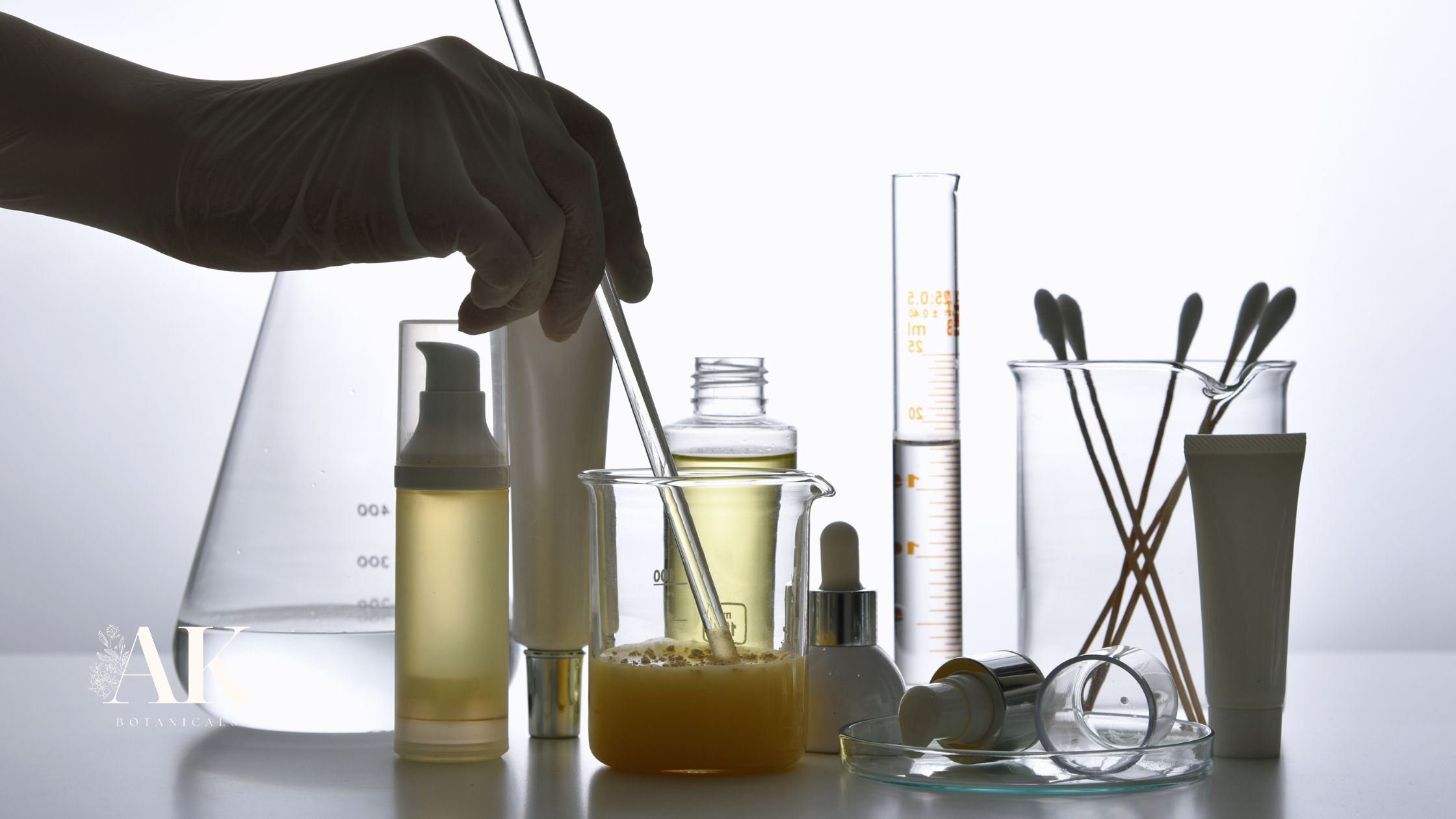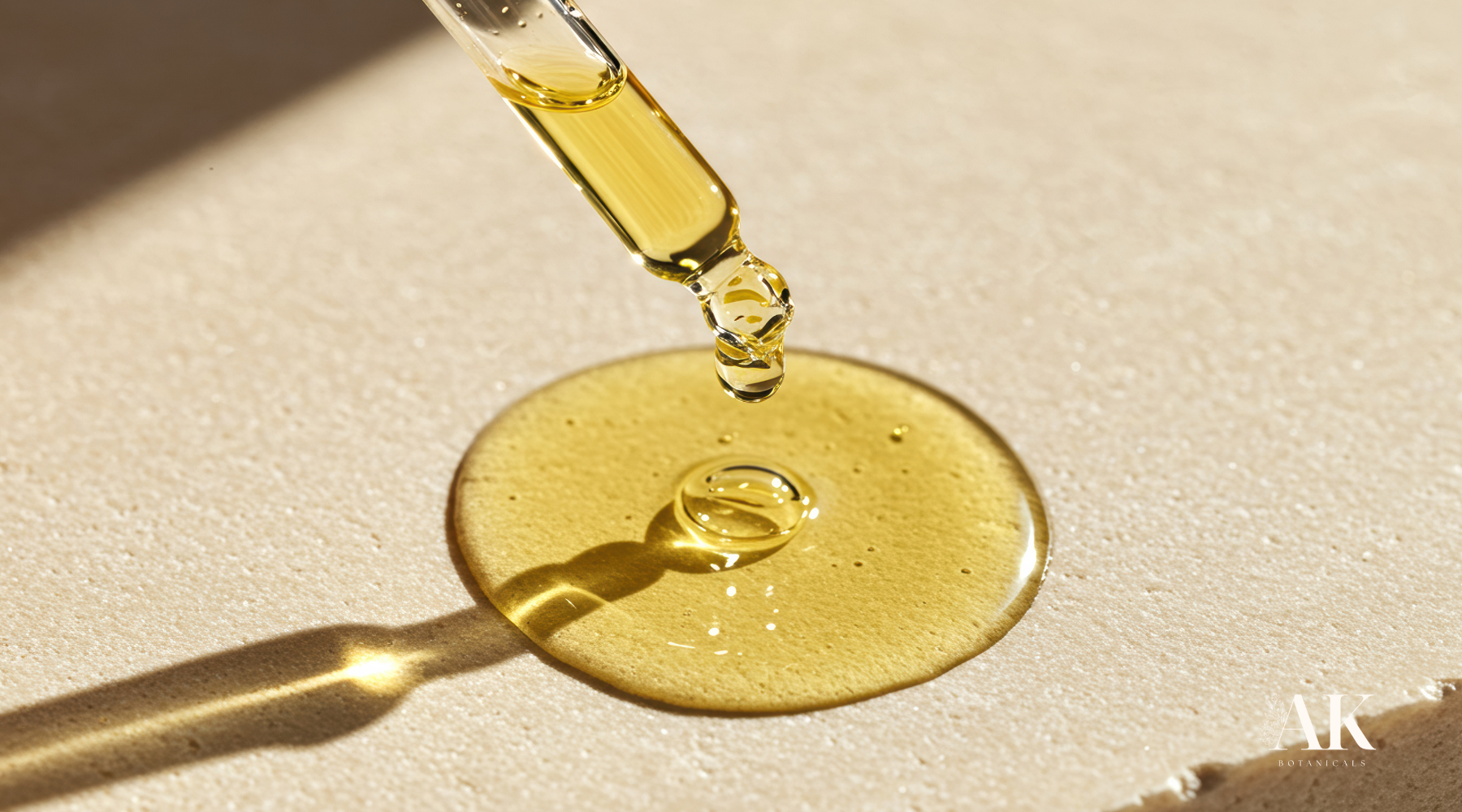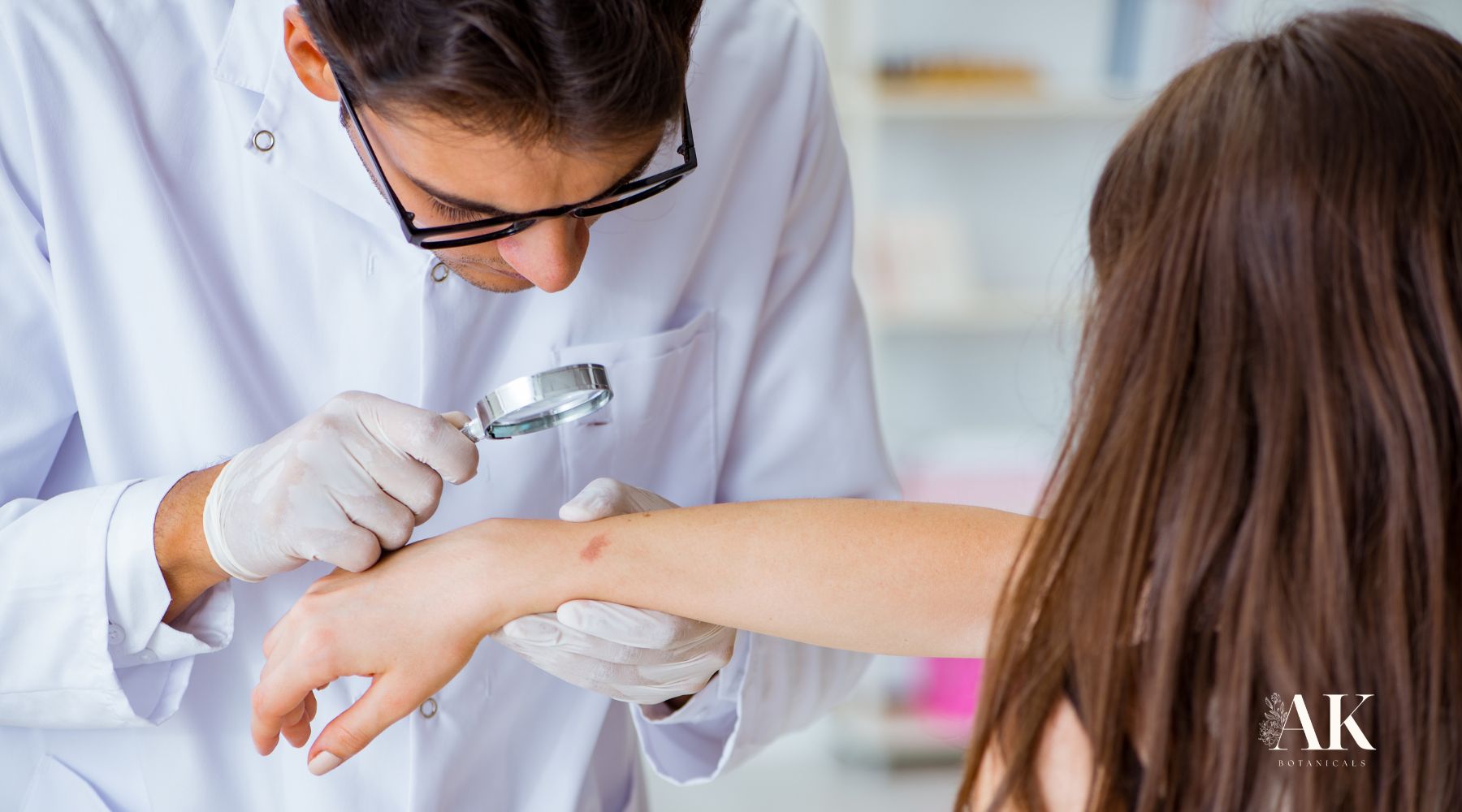
What to Do If You Think You Have Actinic Keratosis: A Guide to Diagnosis, Treatment, and Prevention
If you’ve noticed a rough, dry, or scaly patch on your face, scalp, or hands, and you’re wondering what it could mean, you’re not alone. Many people see these changes and ask themselves, “Is this something serious?” One possible cause is actinic keratosis (AK), a skin condition that often flies under the radar but deserves your attention.
Here we’ll show you how to recognize AK, what to expect during diagnosis, how to treat actinic keratosis, and how to prevent it from coming back. With the right care, you can take control of your skin’s health.
What Is Actinic Keratosis?
Actinic keratosis (or solar keratosis) forms when your skin accumulates years of sun damage. You’ll often see it as a rough, crusty, or scaly patch on sun-exposed areas like your face, scalp, ears, neck, or hands.
You might feel it before you see it—like sandpaper on your skin. These spots can appear pink, red, brown, or match your skin tone. Some may itch or feel tender, but many show no symptoms at all.
AK isn’t cancer, but it can become squamous cell carcinoma (SCC), a common and treatable skin cancer. Studies show that 5 to 10% of untreated AKs can turn into SCC, especially when ignored. We highly advise you to consider AK one of your skin’s warning signs, an early heads-up that damage has already occurred.
What Causes Actinic Keratosis?
UV radiation from the sun or tanning beds causes most cases of AK. Over time, UV rays damage skin cell DNA, which triggers abnormal growth.
Certain risk factors increase your chances:
-
Fair skin, blond or red hair, and light-colored eyes
-
A history of frequent sunburns or prolonged sun exposure
-
Age over 40
-
Living in sunny regions
-
Weakened immune system due to illness or medication
-
Use of tanning beds
People who work outdoors - like construction workers or lifeguards - often develop AKs more frequently. In fact, outdoor workers have a 60% greater risk of developing actinic keratosis compared to indoor workers due to prolonged sun exposure (source).
How to Tell If You Have Actinic Keratosis
AK isn’t always obvious. It may look like:
-
Dry, scaly patches that stick around
-
A rough bump you can feel more than see
-
A slightly raised pink, red, or brown spot
-
A patch that itches, burns, or bleeds
-
A lesion that vanishes and returns again
Don’t guess. Book an appointment with your dermatologist. During a quick skin exam, they’ll likely recognize AK on sight. If they’re unsure, they may perform a biopsy to confirm whether the lesion is precancerous or already cancerous.
How Long Does It Take to Get a Diagnosis?
If your dermatologist performs a skin biopsy, they’ll send a small sample to a lab. You’ll usually get results within 5 to 10 business days. Try not to stress while you wait. AK responds well to early treatment.
Once your provider confirms the diagnosis, they’ll guide you through your treatment options and next steps. If it turns out to be something more serious, like squamous cell carcinoma, early action still offers a very good prognosis.
What Are the Treatment Options and How to Treat Actinic Keratosis?
After confirming AK, your dermatologist will create a plan based on how many lesions you have, where they’re located, and your overall skin condition. Here’s how they might recommend you treat actinic keratosis:
1. Cryotherapy (Freezing)
Your healthcare provider will spray liquid nitrogen directly on the lesion, destroying the damaged cells. Over the next few days or weeks, the treated area may blister, scab, and fall off. Cryotherapy works especially well for isolated lesions.
2. Topical Medications
These topical treatments come in the form of prescription creams or gels that you apply at home. They're great for treating multiple lesions or large areas of sun-damaged skin. Common options include:
-
5-fluorouracil (5-FU), a chemotherapy cream
-
Imiquimod, which activates your immune system
-
Diclofenac gel, an anti-inflammatory
3. Photodynamic Therapy (PDT)
Your dermatologist may apply a light-sensitive cream and then expose the area to a special light. This combo targets and kills precancerous cells. PDT works well for facial or scalp AKs.
4. Dermabrasion
In more extensive cases, your dermatologist might recommend dermabrasion, which uses a special device to sand away the outermost layer of affected skin. This approach removes lesions and encourages fresh, healthy skin growth.
5. Chemical Peels or Laser Treatments
These methods exfoliate sun-damaged skin and remove superficial AKs while improving texture and tone.
Explore At-Home Alternatives Like AKti-Clear
Anyone looking for a non-prescription, cost-effective option, AKti-Clear offers a plant-based, at-home solution. Designed for short-term use - apply it on the lesion for three days - AKti-Clear supports skin health in areas affected by sun damage without requiring a doctor’s visit or prescription. While it’s not a medical treatment, many users choose it as an early, proactive step to address rough, persistent patches before more intensive procedures. Always consult your healthcare provider if you’re unsure whether your symptoms require dermatology care.
What Happens After Utilizing AKti-Clear?
Expect some redness, swelling, or crusting, depending on the location of the lesion. That’s part of the healing process. Follow your aftercare instructions closely to help your skin recover smoothly.
But don’t think you’re done just because the spot is gone. AK often returns, especially if you’ve had significant UV damage in the past. Staying in contact with your care provider and protecting your skin remain essential.
Recurrence and Monitoring – Making Sure You Follow Up With Your Healthcare Provider
AK comes back often. Studies show that 15–53% of patients develop new lesions within one month to a year after treatment. Ongoing exposure to the sun makes recurrence more likely (source).
To stay ahead of it, follow your healthcare provider’s monitoring plan. This usually includes:
-
Dermatology checkups every 6 to 12 months
-
Monthly self-exams at home
-
Repeating topical applications as needed when new lesions appear
Think of AK as a chronic condition that needs your attention over time—not just a one-time fix.
Prevention: Your Skin’s New Best Friend
Once you’ve dealt with AK, prevention becomes your ritual. Here’s how to reduce your risk of recurrence:
1. Use Sun Protection Daily
Apply a broad-spectrum SPF 30+ sunscreen each morning, even on cloudy days or when indoors near windows. Reapply every two hours if you’re outside.
2. Dress Smart
Wear wide-brimmed hats, long sleeves, and UV-blocking sunglasses. Try UPF-rated clothing that blocks harmful rays.
3. Avoid Peak Sun Hours
Stay indoors or in the shade between 10 a.m. and 4 p.m., when UV rays are strongest.
4. Skip Tanning Beds
Tanning beds blast your skin with harmful UV radiation and significantly increase your AK and skin cancer risk.
5. Build Healthy Skin Habits
Moisturize regularly to avoid flaking or cracking. Use antioxidant-rich products to help repair sun damage. Talk to your healthcare provider about oral supplements like nicotinamide, which may lower the risk of developing new AKs (source). You can also talk to your doctor about using AKti-Clear to manage recurring AKs without prescription medication.
When to See a Doctor Again
Reach out to your dermatology team if you notice:
-
A lesion that grows quickly
-
A patch that won’t heal or starts bleeding
-
A spot that suddenly hurts or becomes itchy
-
A lesion that looks different from the rest
These signs could point to squamous cell carcinoma and need immediate attention.
Spotting actinic keratosis can feel overwhelming at first, but it also gives you the chance to act, protect your skin, and prevent more serious problems.
With the right support from your care provider, regular check-ins, and solid sun protection, you can manage AK and keep your skin healthy for years to come.




